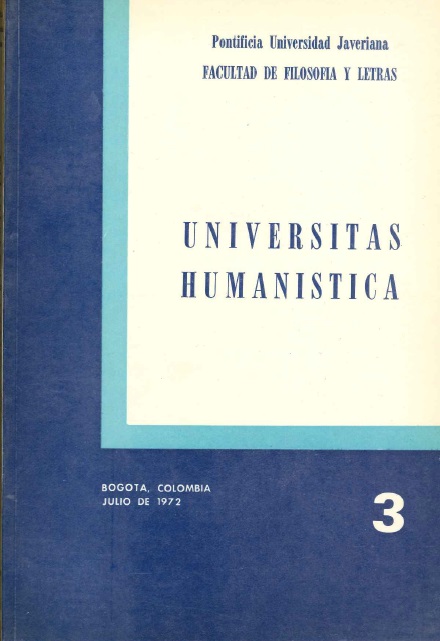Resumo
"¿Decir algo sobre Velázquez? Pero, ¿es que queda sobre Velázquez algo por decir? Es el pintor mejor estudiado de todos. Eruditos indígenas e historiadores del arte extranjero se han ocupado ubérrimamente de él. ¿No es un tema ya exhausto, una cantera desventrada de la que se han extraído todos los mármoles posibles?".
Así comienza José Ortega y Gasset una de sus conferencias sobre Velázquez (ver Velázquez, Revista de Occidente, Madrid, 1968, p. 100). Una vez decidida la realización de este trabajo, nos abatió la misma duda. No obstante, después de consultar una pequeña bibliografía surgieron algunas ideas que nos atrevemos á considerar originales: la primera va incluida en el capítulo llamado "Un hombre silencioso" y se refiere al enigma de la escasa producción velazqueña; la segunda es el descubrimiento en la pintura de Velázquez de ciertos elementos manieristas y va en el último capítulo; otras van en el análisis de los cuadros. Los comentarios que aparecen en los capítulos intermedios responden al estudio bibliográfico: el segundo se debe especialmente a la lectura de Ortega, el tercero a la de Hausser, el cuarto a las de Hatzfeld y Orozco Díaz.

A revista Universitas Humanística encontra-se registada sob a licencia Creative Commons Versão 4.0 Internacional. Portanto, esta obra pode se reproduzir, distribuir e comunicar publicamente em formato digital, sempre que dado o crédito apropriado para os autores e a Pontificia Universidad Javeriana. Permite-se citar, adaptar, remixar, transformar, autoarquivar, republicar e criar a partir do material, para qualquer fim, mesmo que comercial, sempre que indicado apropriadamente o nome do criador, provido um link para a obra original e indicado se mudanças foram feitas. A Pontificia Universidad Javeriana não retém os direitos sobre as obras publicadas e os conteúdos são responsabilidade exclusiva dos autores, os quais conservam seus direitos morais, intelectuais, de privacidade e publicidade.
O aval sobre a intervenção da obra (revisão, correção, edição, tradução, formatação) e a subsequente difusão disponibiliza-se através de licença de uso e não através de transmissão de direitos, o que representa que a revista e a Pontificia Universidad Javeriana são isentas de qualquer responsabilidade que puder se derivar de uma prática ética pobre por parte dos autores. Em consequência da proteção fornecida pela licença de uso, a revista não fica na obrigação de publicar retratações ou alterar informações já publicadas, a não ser que a errata seja decorrente do processo de gestão editorial. A publicação de conteúdos nesta revista não representa royalties para os contribuintes.


